Silver Birch / Spring / Summer / Edible
Common Names
Silver birch
Botanical Name
Betula pendula
Scientific Classification
Kingdom – Plantae
Order –Fagales
Family – Betulaceae
Physical Characteristics for Silver birch
Silver Birch is a deciduous tree growing from 15-30m tall with a canopy of 5-10m. It tends to have a fairly slender trunk growing to a maximum diameter of 40cm.
Leaves
The light green leaves, fading to yellow in autumn, have short stalks 3-5cm, are triangular in shape with a broad base, double-toothed serrated margins, and a slender pointed tip. They are borne on very thin, delicate twigs and flutter in the slightest breeze.
Catkins
The new shoots are thin and hairless, containing either male catkins at the tip or are shorter holding female catkins. Silver birch catkins are clusters of tiny flowers that hang from the branches of the tree in the spring. Male catkins Yellow-brown in colour, 4–6 cm long, They hang in groups of two to four, and open to release pollen in May.
Female catkins are bright green in colour, and around 3 cm long. If pollinated, they turn dark red-brown and develop into small, winged nutlets that mature in late summer or early autumn. These nutlets are tiny and numerous, allowing them to be carried by the wind.
Bark
The bark on the trunk and branches begins golden brown turning a silvery-white colour with age which can often be seen peeling away from the tree, as it ages the bark begins cracking and splitting open revealing a brown scar.
Habitat
Found growing throughout the UK, North America, Europe, and Northern Asia in open Woodland and heathland found growing as a pioneer tree, often the first to take over a site. Silver Birch likes alkaline soil.
Known Hazards
The tar present in the bark of this tree has been recorded as causing skin irritation, there’s also reference to an insect that feeds on the sap of the Silver Birch leaves exuding a chemical called methyl salicylate which can cause irritation of the lungs.
Could be Confused with
There is a huge range of related Birch trees that have white or pale bark that rips from the base and bark of the tree, none of which are poisonous.
Edible Uses
Sap: Edible, drunk as water, boiled to syrup, wine, cordial, toffee, ice cream, bbq glaze, sauce, sweetener.
To test that the sap is flowing in this tree, meaning it’s ready to tap and extract the sweet sap, you can simply stab the sharp end of a knife through the bark and into the wood, if sap drips down your knife then it’s ready for tapping (around the middle two weeks of March in the UK)
Leaves: edible when young, in salads.
Young Catkins: Edible,
Bark: edible, ground into flour.
Click here to learn how to tap a Birch tree.
Notes on Herbal uses
The bark of Silver Birch can be used as a diuretic and mild laxative. All parts of the Silver Birch can be used as a detoxifier and tonic for helping remove waste products from the urinary tract.
Extra notes from the Foragers
This tree can often be found growing in abundance in a single location, somewhere that is a new space allowed to turn wild is a common spot to find it, there’s a range of mushrooms that grow in association with this tree giving it other edible purposes and to help with identification of mushrooms.



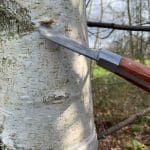
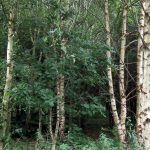
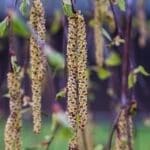
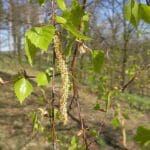
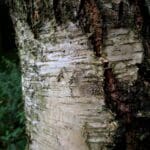
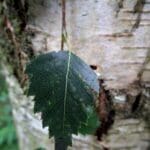
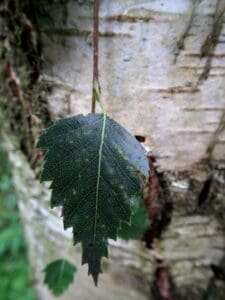
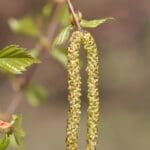
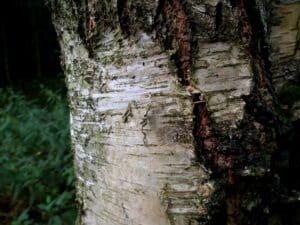



1 reply on “Identify Silver Birch”